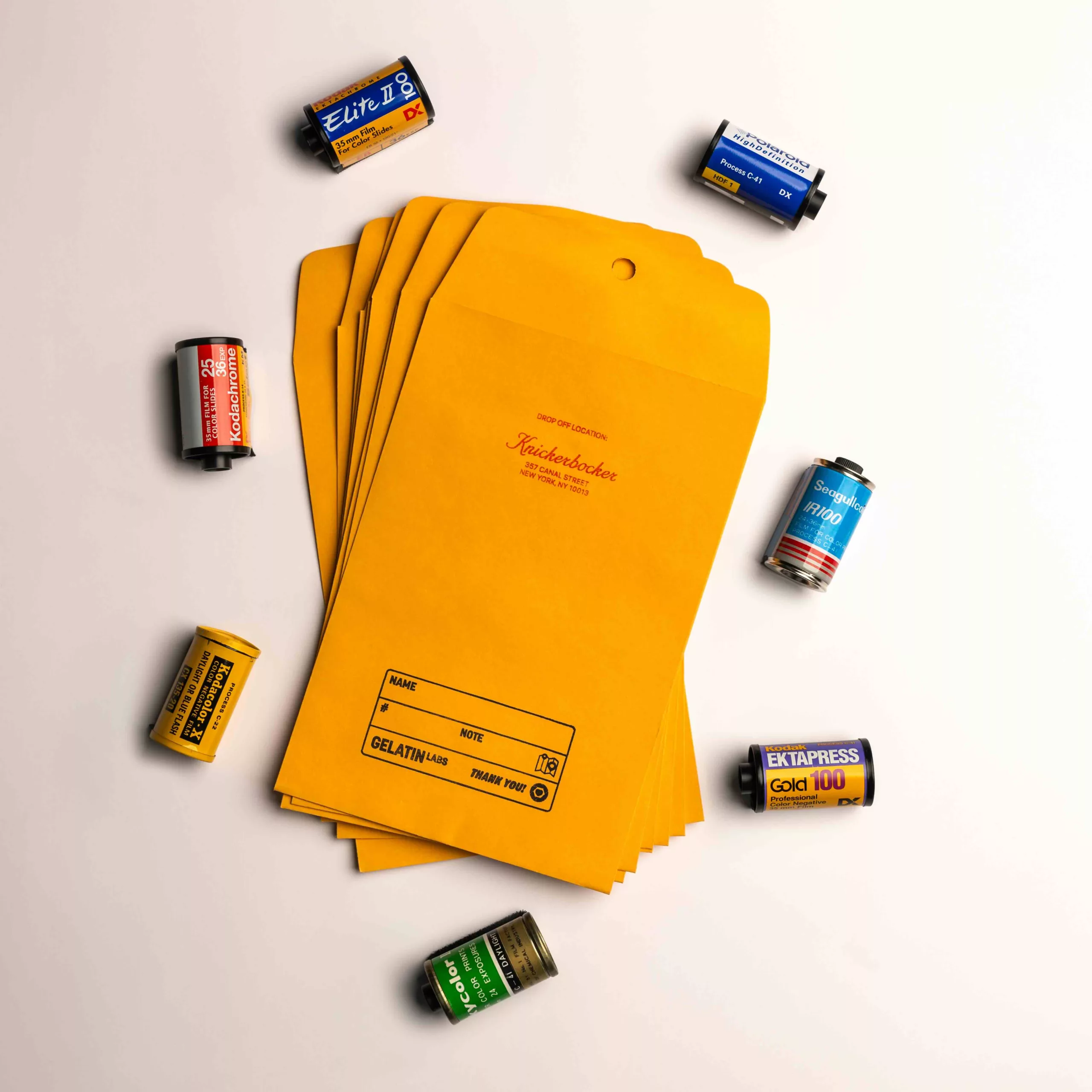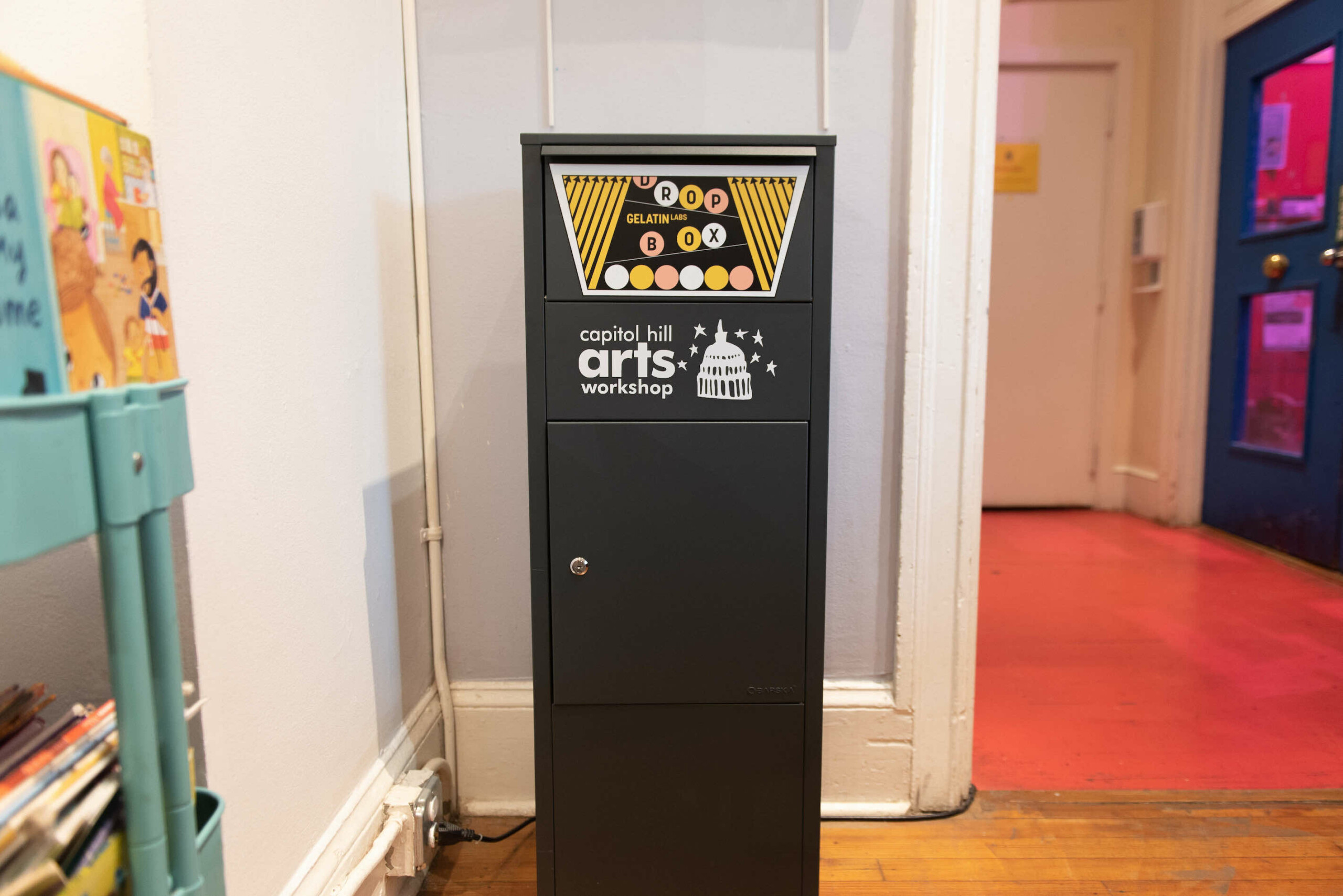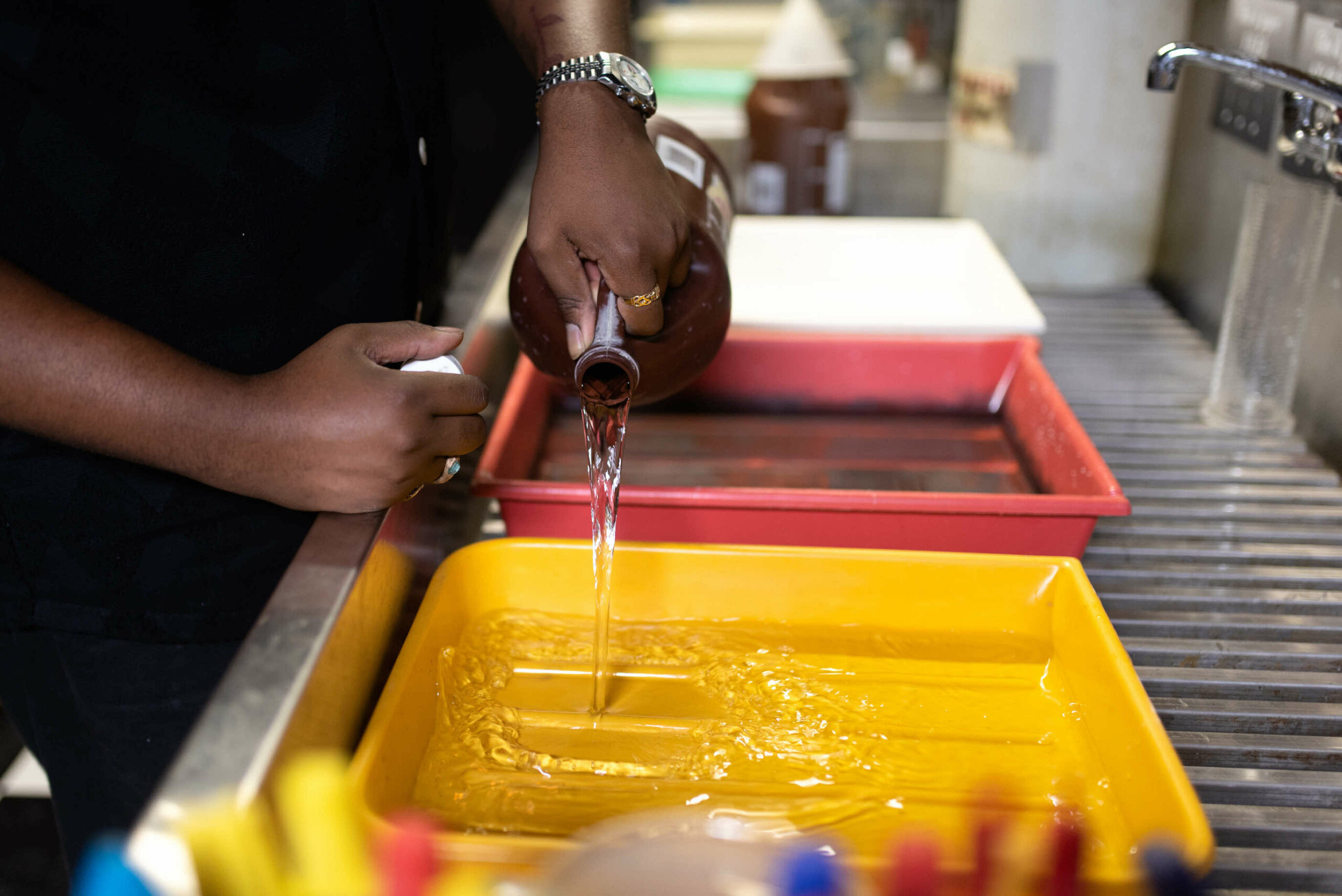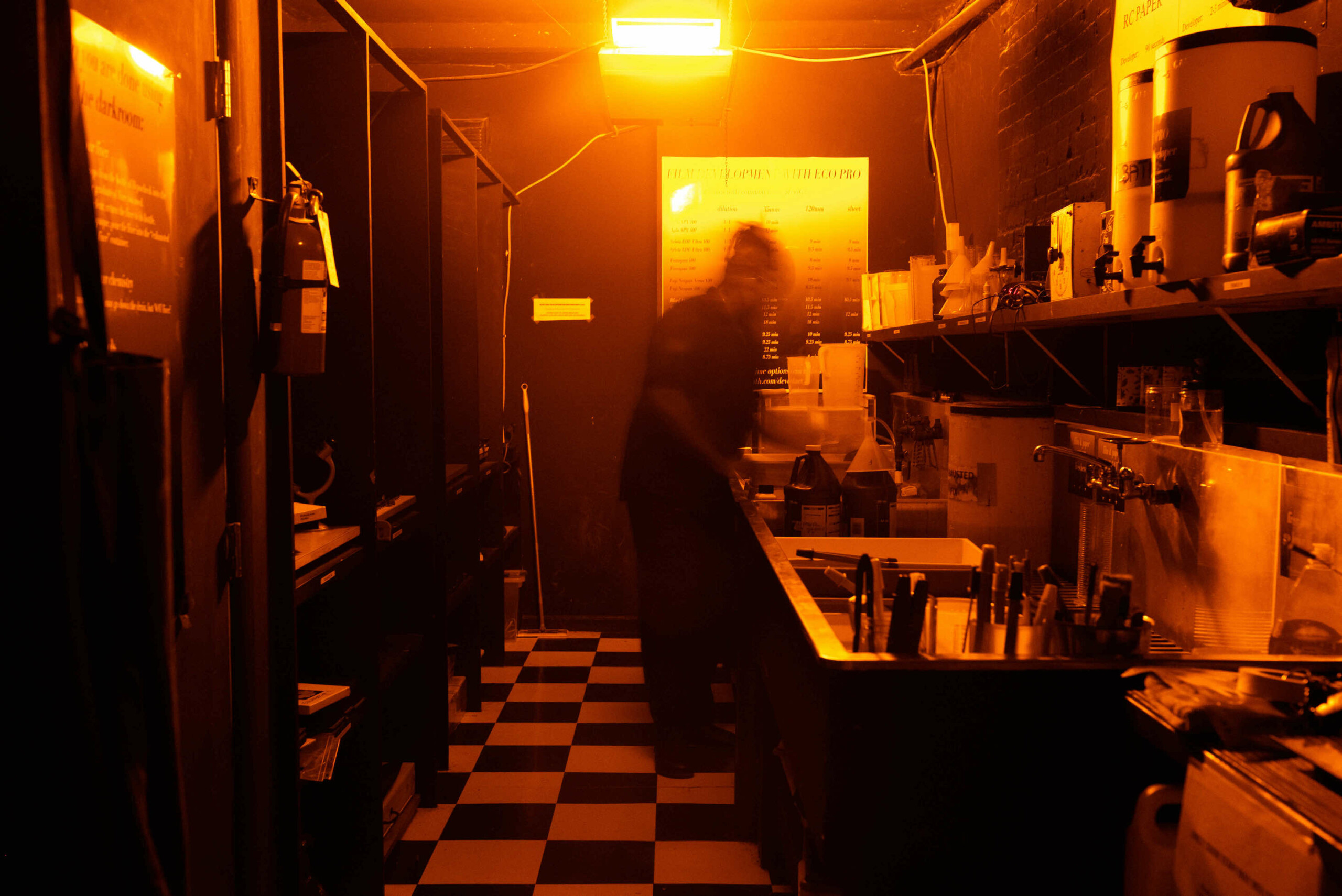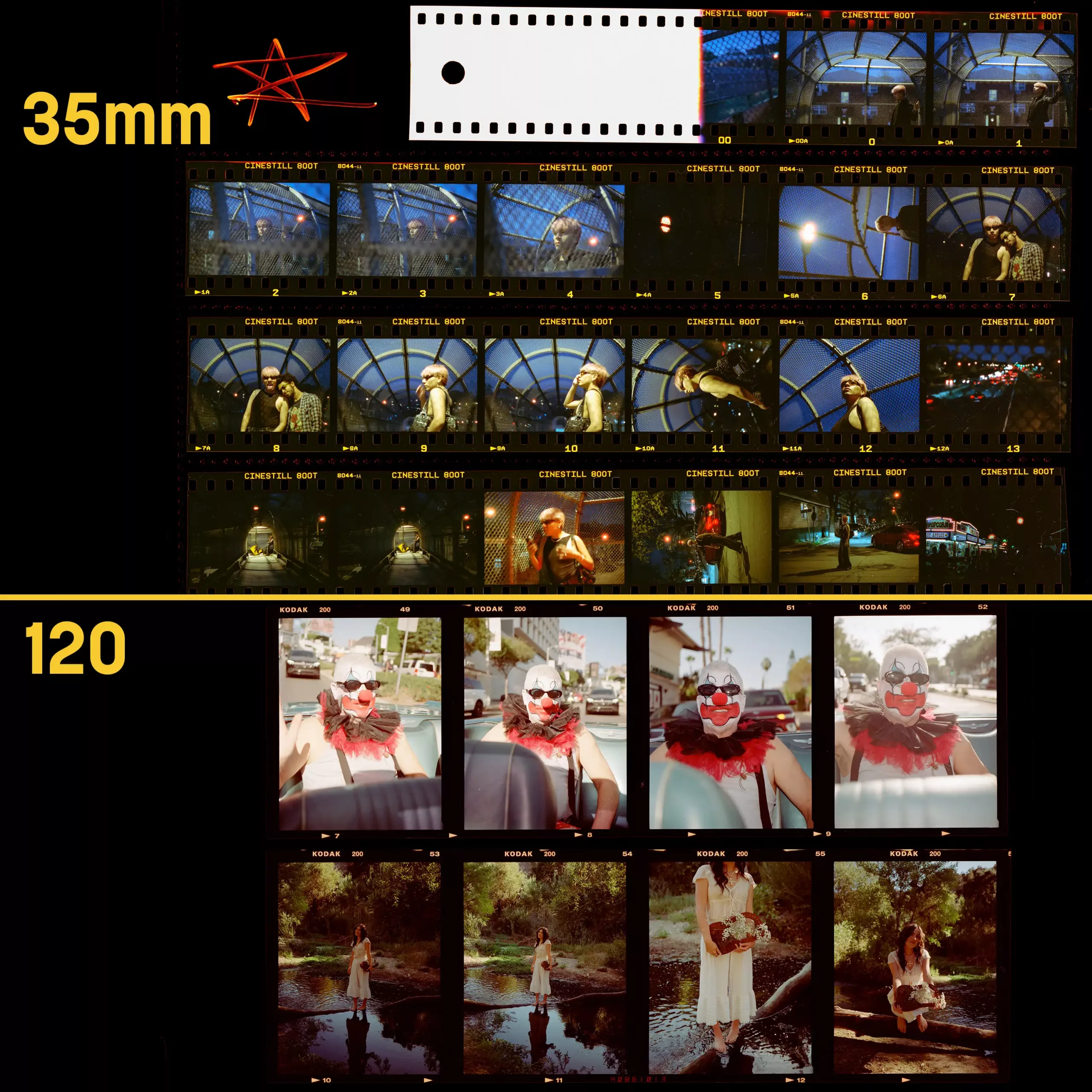Developing your film can be a fun and rewarding experience, but making mistakes along the way is easy. These errors can ruin your photos or leave you with disappointing results. Whether you are new to film photography or just trying to improve your skills, understanding the common mistakes in film development and learning how to avoid them is essential. Visiting a professional film photo lab, can be an excellent option for those who prefer to avoid taking chances.
Few Common Mistakes in Film Developing & How to Avoid Them?
· Incorrect Timing and Temperature
One of the biggest mistakes beginners make is not paying attention to the timing and temperature of the chemicals used in film development. Each type of film requires specific times and temperatures to develop correctly.
If the temperature is too high, the film may develop too quickly, leading to overexposed images. If it’s too low, the film might not create enough, resulting in underexposed images. To avoid this, always check the instructions for your film type and use a thermometer to ensure the right temperature.
· Not Mixing Chemicals Properly
Another common mistake is not mixing the developing chemicals properly. The chemicals used in film development need to be mixed in precise ratios. Adding too much or too little of one chemical can affect the outcome of your photos.
For example, using too many developers can make your images too dark, while not using enough can make them too light. Always measure your chemicals carefully and follow the instructions closely to avoid this.
· Handling Film with Wet Hands
When handling your film, it’s essential to keep your hands dry. Touching the film with wet hands can leave smudges or fingerprints on the negatives, which will appear on your final prints. Always make sure your hands are dried before handling the film. If possible, wear clean, dry gloves to prevent any unwanted marks.
· Improperly Loading Film onto Reels
Loading the film onto reels can be tricky, especially if you are new to film development. If the film is not loaded correctly, it can stick together or overlap, preventing the chemicals from reaching all areas of the film. This can result in uneven development or blank spots on your photos.
To avoid this mistake, practice loading film onto reels in the light with a test strip before doing it in the dark.
· Overexposing or Underexposing Film
Overexposing or underexposing your film during the shooting process can lead to problems during development. Over-exposed film may produce too bright images, while under-exposed film may result in too dark photos.
To avoid this, always check your camera’s exposure settings before taking a shot, and bracketing your shots means taking multiple photos at different settings to ensure you get the perfect exposure.
Conclusion
Film development can be a challenging but rewarding process. By understanding and avoiding these common mistakes, you can improve the quality of your photos and enjoy the satisfaction of developing your film.
However, if you are unsure or want the best results, visit professional film processing labs. They have the expertise and equipment to ensure your photos turn out perfectly every time.






